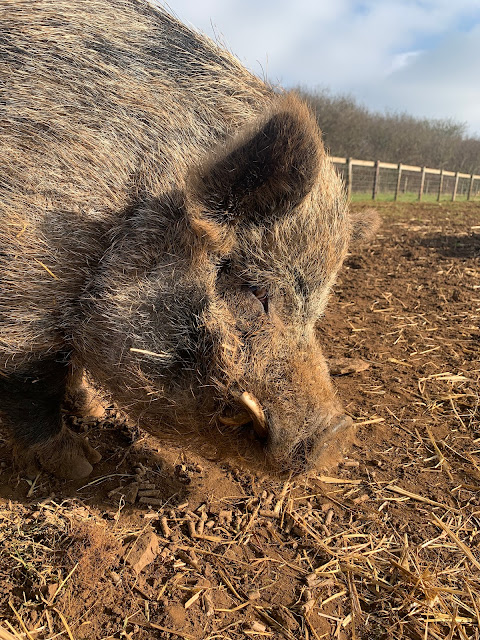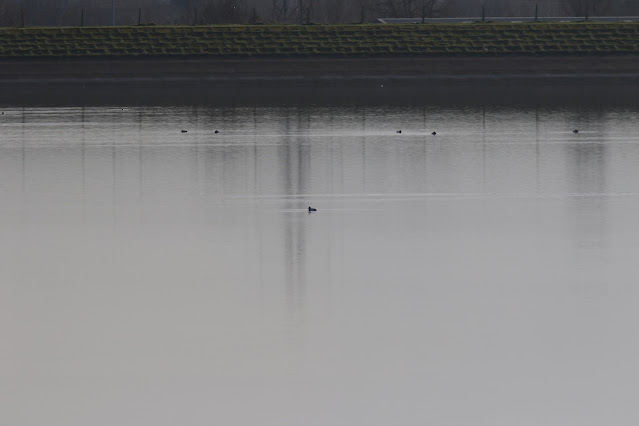A very pleasant morning in the garden, the first day of Early Spring here with the first 'moth night' of the year, lots of birds being territorial and the first Snowdrops out. Ebird list here
Moths included 16 individuals of 6 species including Spring Ushers, Pale Brindled Beauties, Early Moth, Dotted Border, March Moth and Chestnut.
In the afternoon we took the kids to Crocodiles of the World, where they breed critically endangered crocodiles and other Herpetofauna.
Meanwhile this weekend back at our home mini-zoo we added a new species (now on 87 different species of 'pets'). Not only a new species but a new order- Urodela (Salamanders & Newts).
The garlic that Bryan planted before he passed away is growing in the mini-farm and the chickens are now laying up to 3 eggs a day.
Male Mallard- not an easy garden bird to photograph as often just an irregular fly over. A group of six were flying around today, perhaps the start of the group courtship flights they do
Pale Brindled Beauty, 7 of these this morning
Spring Ushers (above and below). Quite variable with a pale one above and a darker one below. The most heavily marked individual flew off mid-photo shoot.
March moth
This leucistic Sharp-ribbed Newt (a Spanish species) seemed to settle into the Palludarium pretty well
The critically endangered Cuban Crocodile at Crocodiles of the World
The first snowdrops- plenty of other spring flowers were out in our London gardens in the week
The February mini-farm - will certainly miss this place when we have to move out later this year
I called this blog post Ultra-low Carbon Birding because it seems carbon is the priority in birding at the moment and there appears to be an importance of rebranding everything as carbon related . I read in the latest edition of British Birds that Low Carbon Birding (the book) was awarded first prize in the BB/BTO book of the year and won over Vagrancy by Alex Lees & James Gilroy and Gulls of Europe etc by Peter Adriaens et al. The fact that a relatively unknown birder (completely unknown to me until recently and I've been birding for 40 years) could whip up an easy read that is awarded a higher accolade than two complex birding masterpieces, the result of a lifetime of dedicated work by brilliant minds collating data from thousands of birders across the world, is testament to how important the climate and ecological emergency is.
I couldn't agree more which is why I like to go that extra mile and concentrate on Ultra-low Carbon Birding (formerly known as garden birding, garden wildlife watching and self sufficiency ) rather than low-carbon birding (formerly known as local patching) and mitigate my regional and global sustainable birding (high carbon birding that supports local birding communities and birding resources around the world) by aiming to have a Nature Positive and Carbon Negative personal footprint by land acquisition (currently directly own only 2 acres but aiming to buy more), investing in carbon markets, supporting local and sustainable businesses and communities, supporting conservation-NGOs (local, national and global) investing time and money in advocacy for local nature conservation (mainly Beddington Farmlands a 400 acre carbon sink) and running a business that manages over 600 private gardens, nature reserves and public green spaces within a net zero and net biodiversity gain framework. A lifestyle approach I like to call Non-stop or High Impact Birding through our vehicle
LITTLE OAK GROUP. Fundamental to that is being based from an ultra-low carbon homestead and the backyard wildlife experiences and off grid capabilities that provides.
















































